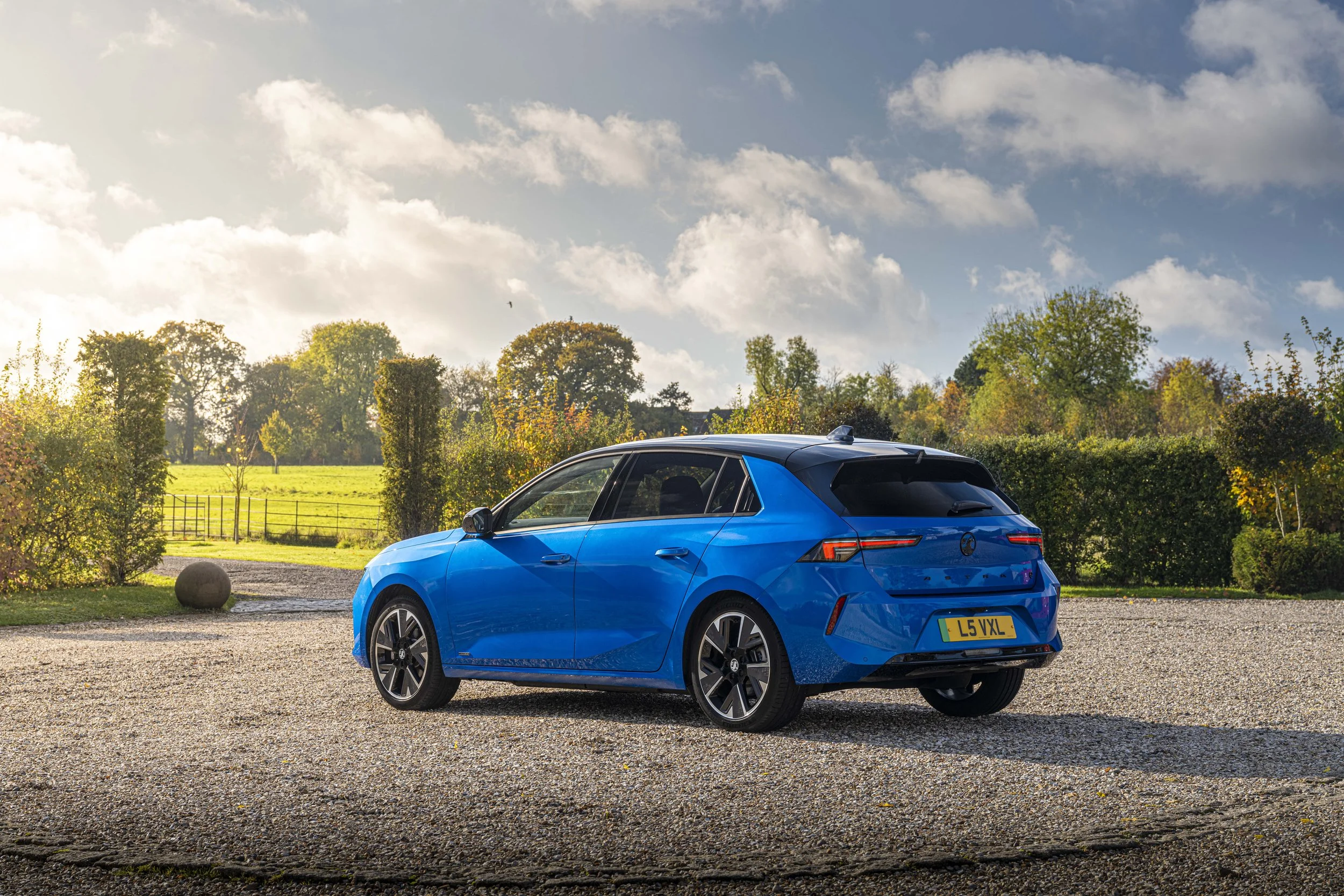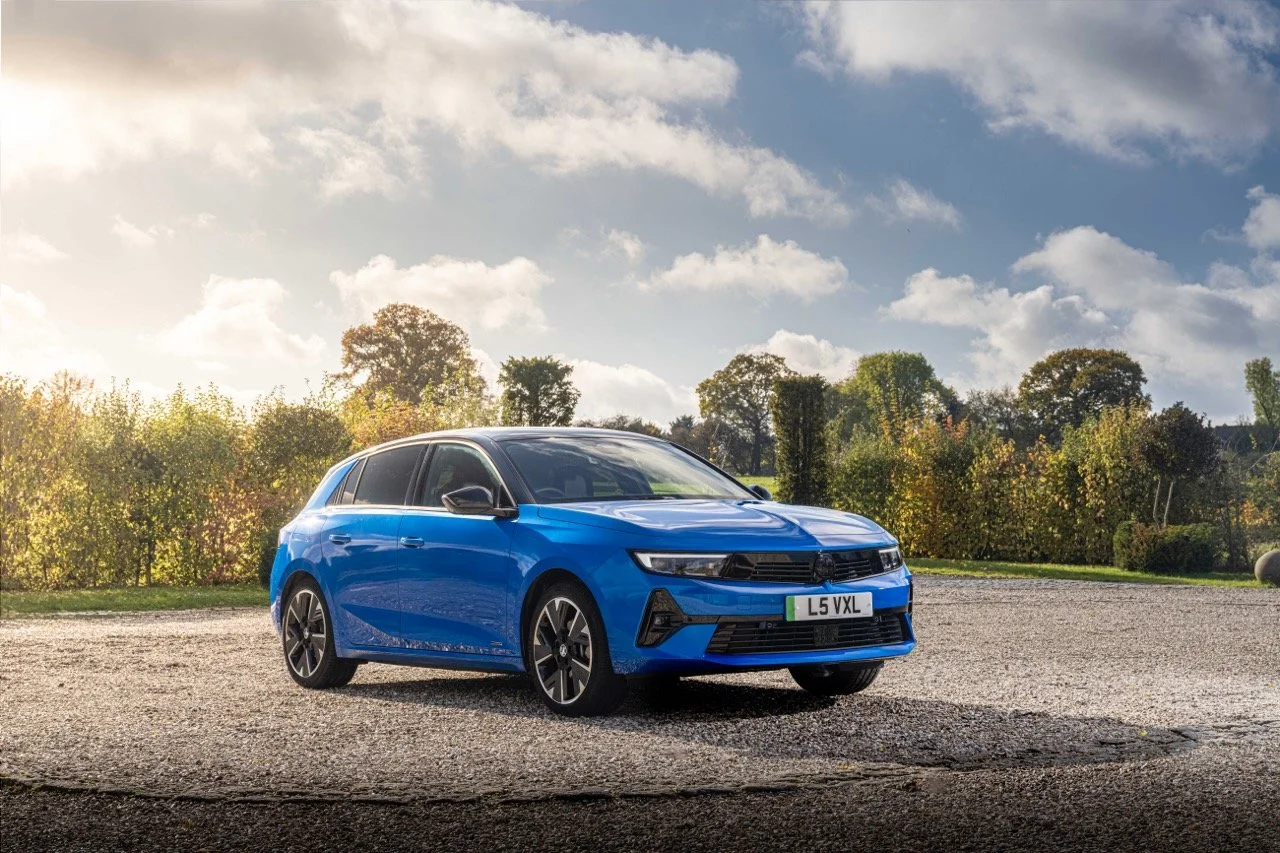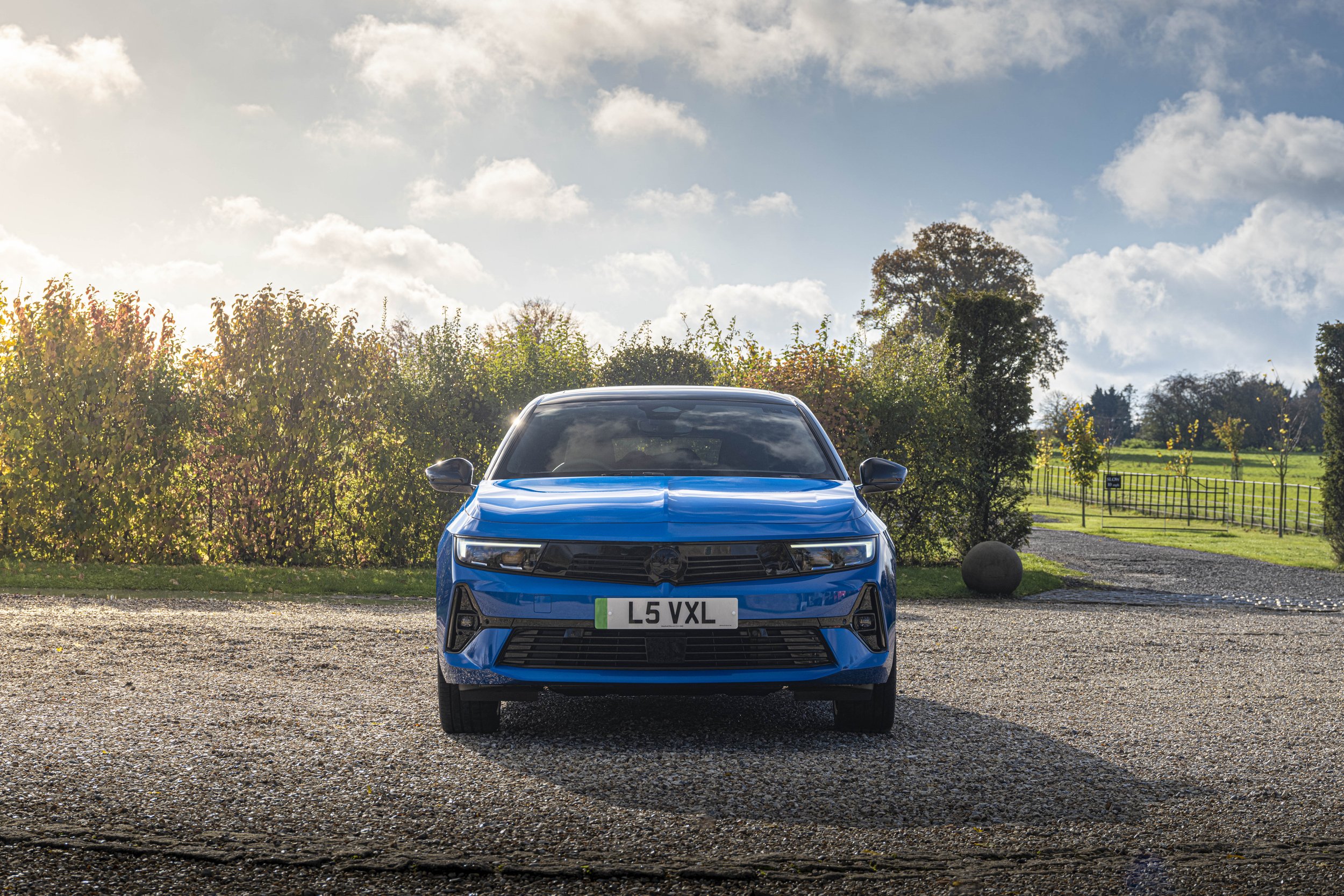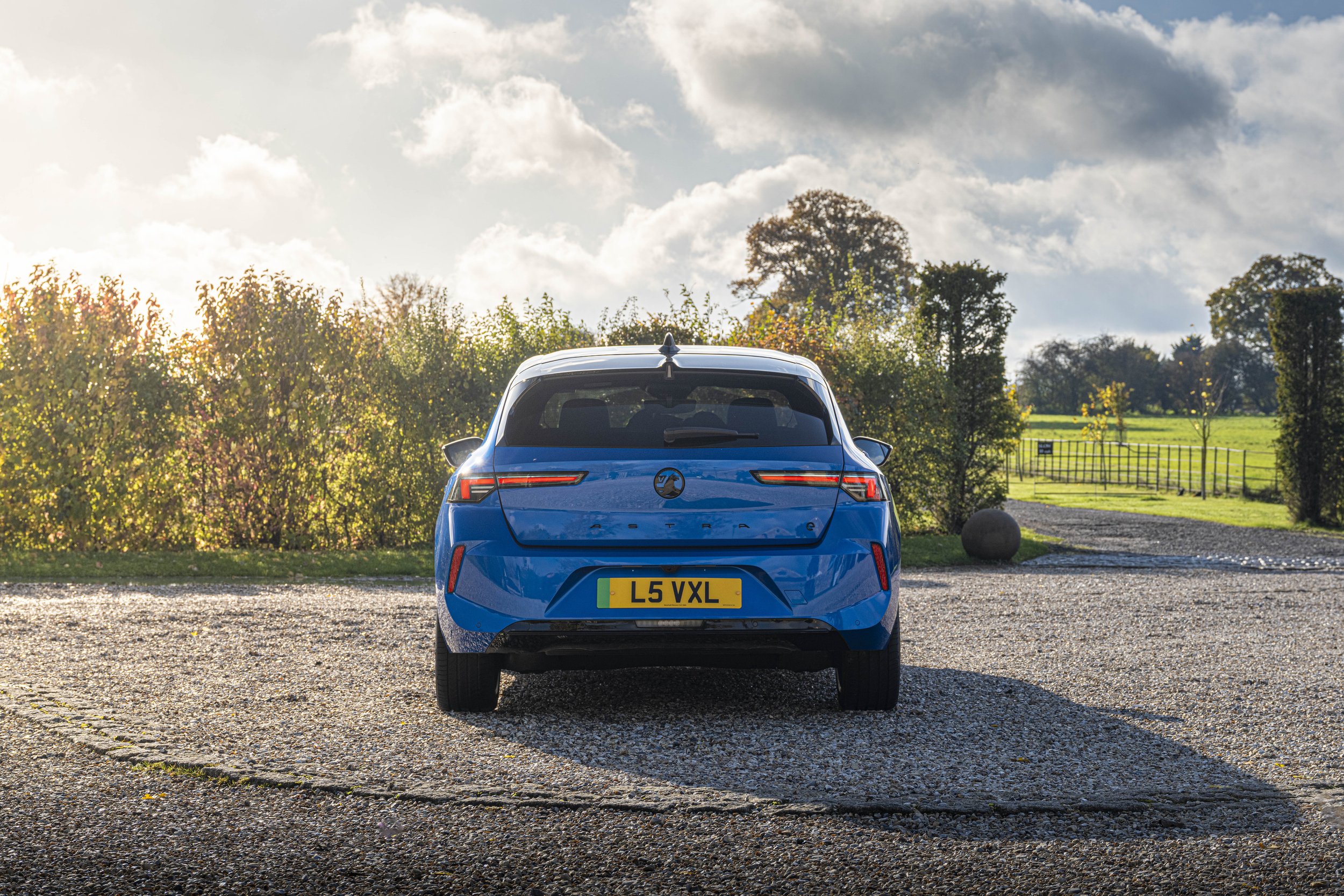Vauxhall Astra - The Safe Bet
As new car launches go, the unveiling 18 months ago of the latest Vauxhall Astra - the eighth generation to be precise - was incredibly important to the UK motoring landscape. There’s a near certainty that a lot of you reading this will have at some point driven or been in a Vauxhall Astra. You might have hired one, learnt to drive in one, and there’s a good chance that if you work for a business, you may have been given one as a company car or could borrow one from the company fleet. Vauxhall wants to tap into as many of you as possible as well as attracting new buyers.
This is the car that fleet managers, hire firms, taxi companies and private buyers will compare to the other big hitters in the marketplace like Volkswagen and Ford as well as an ever-increasing selection from those new kids on the block at Kia, Hyundai, MG, Nissan and, yes, even Tesla. The BYD Atto 3 is the latest to throw its hat into the ring. One thing’s for certain though, you can’t underestimate how important the Astra is to Vauxhall.
But what about an all-electric Astra which is now available?
As with the rest of the Astra range, first impressions as you walk up to the Astra Electric are good. It looks smart and actually, quite distinctive. The front visor type of styling looks neat, a bit like you get on a motorbike helmet. You can have the 5-door hatchback or 5-door estate (Sports Tourer as Vauxhall would prefer you to call it). The estate is something different to the rest of the competition, whereas the hatchback is up against some other very handy cars. The hatch is available now with the estate dropping into dealers by April this year. I reckon the Sports Tourer looks better and, thanks to a larger boot area, will probably be the choice for families or those drivers who need to carry a decent load.
The big advantage which the Astra Electric has is that if you’ve previously driven a petrol, diesel or hybrid Astra and liked it, then you won’t be disappointed because the Astra Electric drives like any other Astra although, thanks to not having an engine, it’s quiet, obviously, and because you have no traditional gearbox, it’s also easier to drive.
As for the various derivatives, it’s great to report that Vauxhall has taken a leaf out of the rest of the other manufacturers in the Stellantis stable - of which Vauxhall is now part of - and chopped the amount of model, engine and gearbox combinations they offer across their range. It’s plummeted from a staggering and hugely confusing 362 to a very sensible 54.
As for trims in the Astra Electric, there are 3: Design, GS Line and Ultimate. All cars get a pair of 10-inch touchscreens (the centre one for infotainment has buttons for heating and ventilation), sat nav, air con, LED headlights, front and rear parking sensors, smart cruise control, smartphone mirroring, and a DAB radio. Move up to GS Line - the one Vauxhall reckons will be the most popular - and you add heated sports seats, a heated steering wheel, a 360-degree parking camera, and a black roof which I think makes the car look much smarter. A quick word of praise for the seats on the GS and Ultimate trims; they’re excellent, providing comfort and support. Overall, the interior is a nice place to be, it looks good, and apart from a few areas with cheaper plastics, it feels good and works well.
You also get a host of safety gadgets, most of which you’ll never know about until you need them.
Space is good in the front and there are plenty of storage areas, but legroom in the back is a bit on the tight side, although children will be fine. The Sports Tourer has a slightly longer wheelbase and gives you a tad more room for the rear seats.
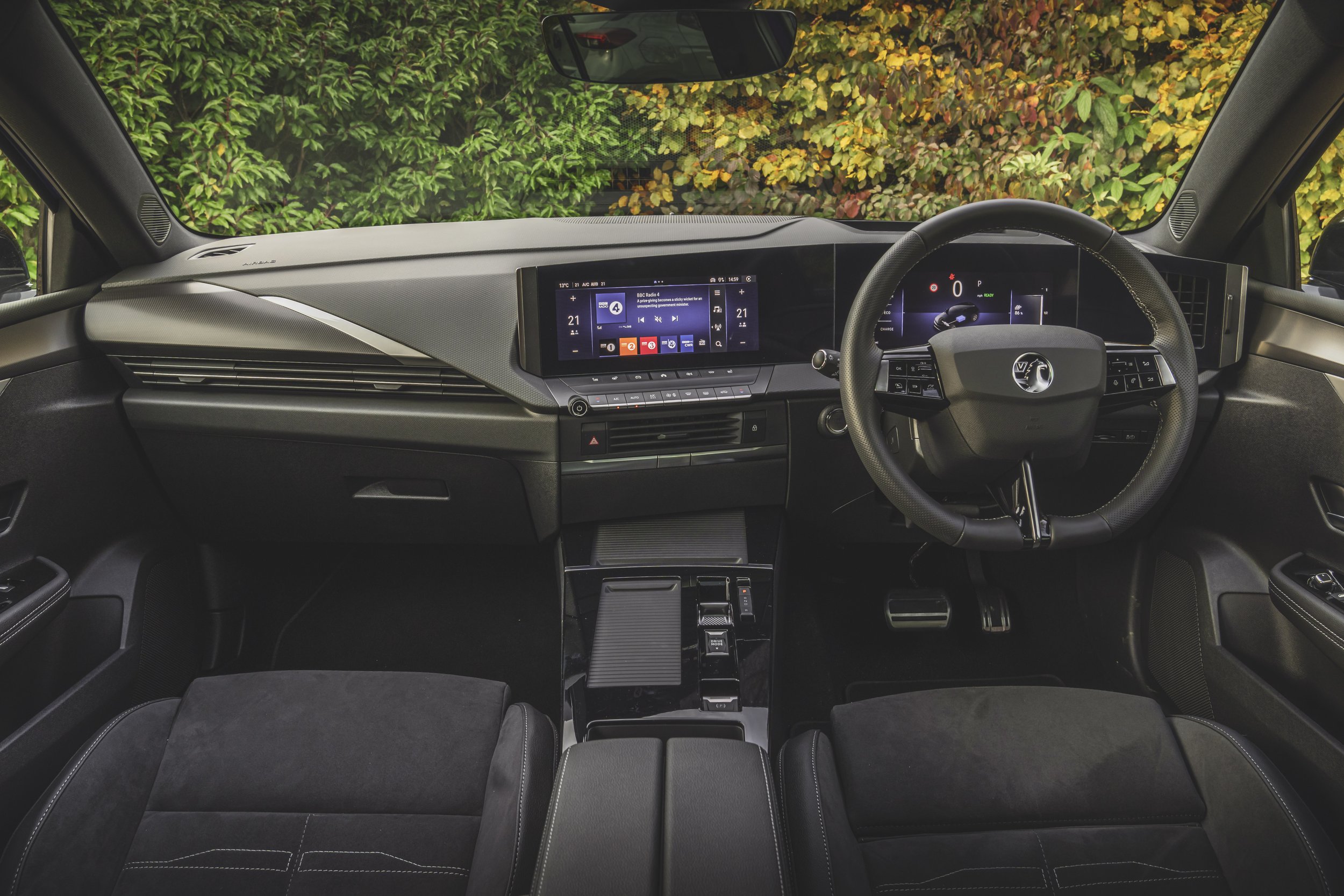
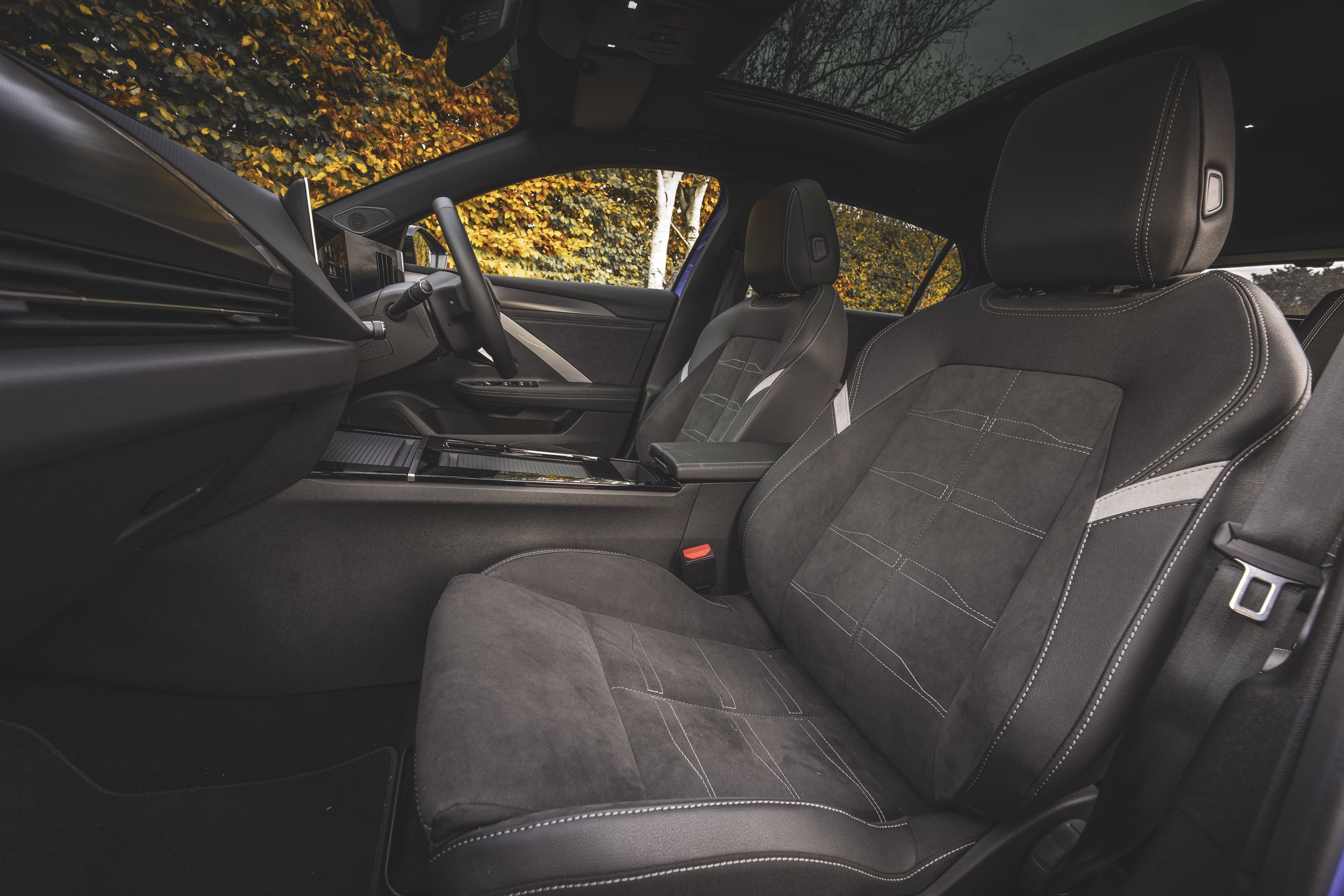
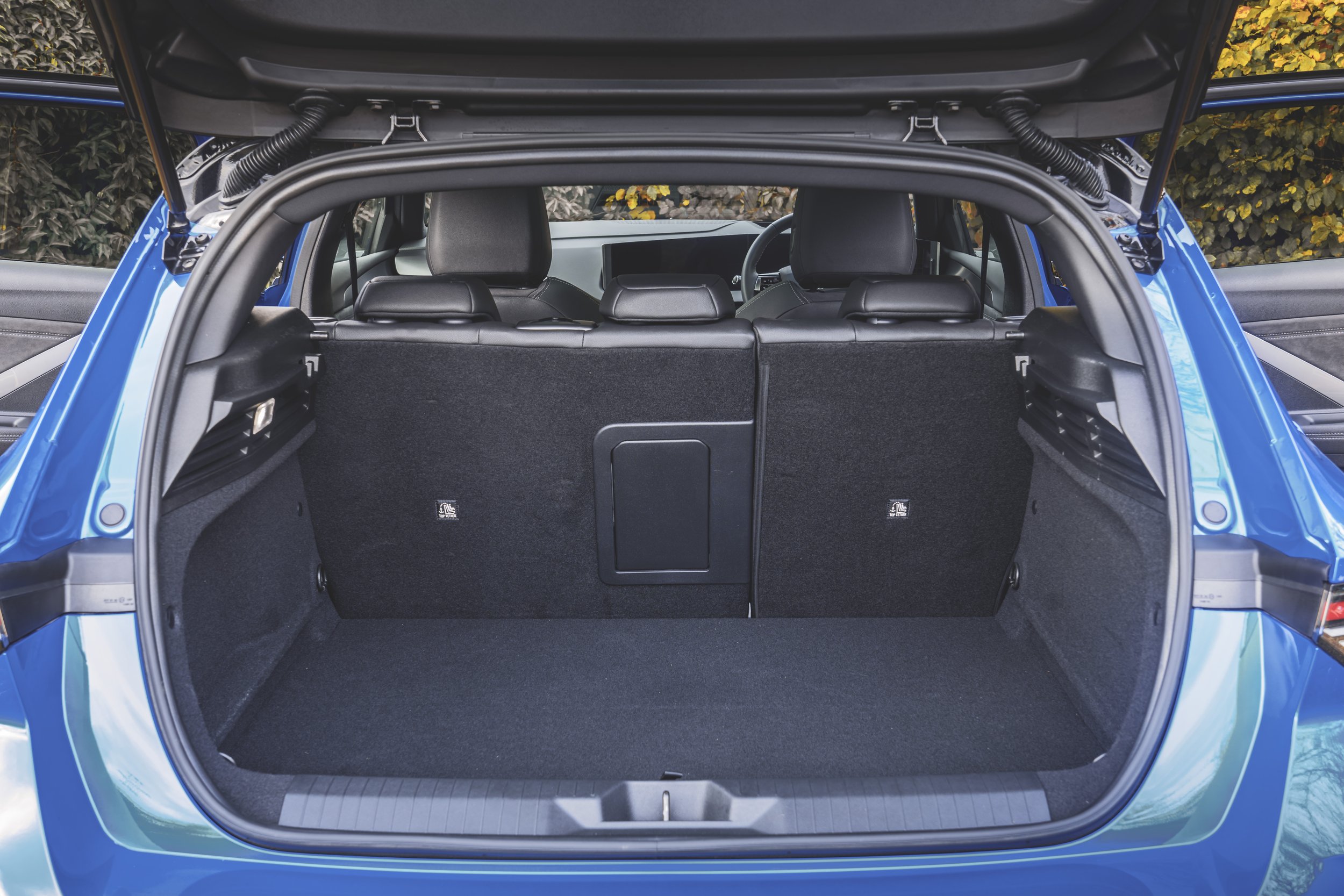
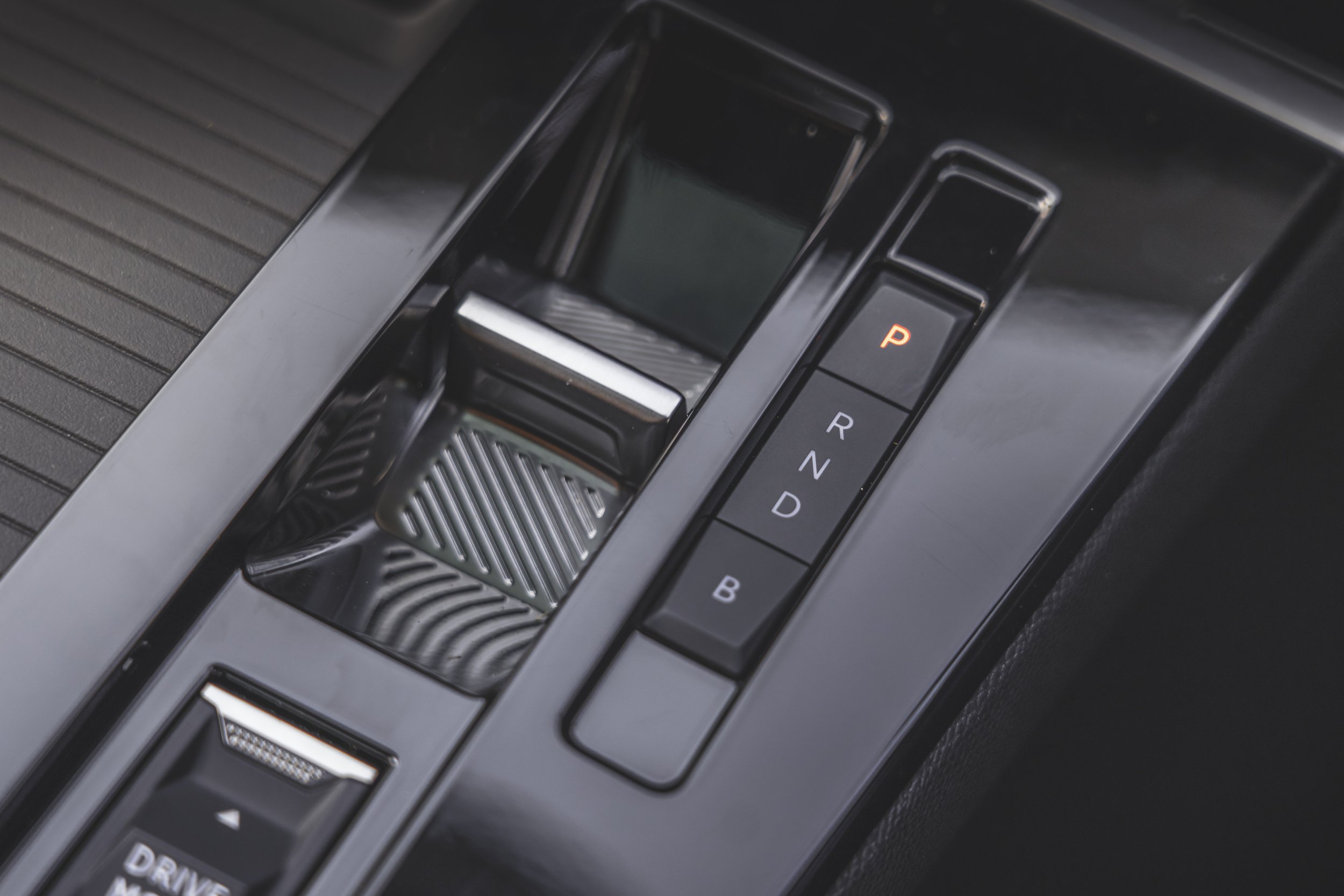
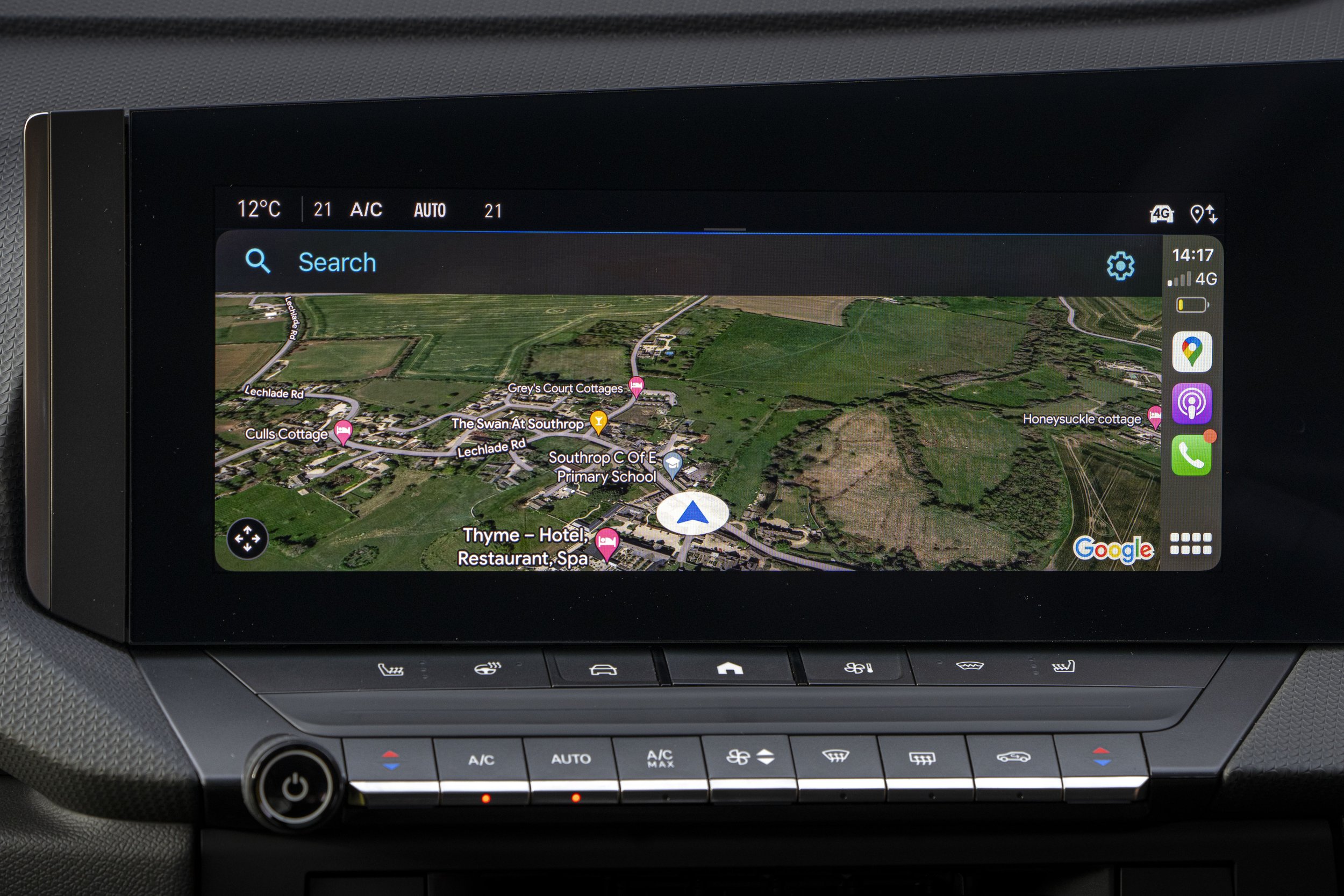
So, let’s do some number crunching.
Power from the battery equates to 154bhp. This gives you a 0-60mph time of just over 9 seconds, which is nothing startling but adequate for most users. The top speed is 105mph and the all-important range is an estimated 259 miles, though on a chilly UK day, that’ll drop to around 210 miles. Finally, a 10-80% charge takes around half an hour.
Out on the road, the Astra Electric is good to drive, as are the other Astras. The suspension has been tweaked to account for the additional weight of the battery and actually gives the car a slightly smoother ride than the ICE variants, although it still edges onto the firm side. There’s that neat compromise between being taut enough on the quicker stuff, yet sufficiently complaint at town speeds. I enjoyed it.
For a lot of potential buyers, the clincher will be the price. The entry level Astra Electric Design comes in at £37,445 and this is where you’ll need to do your sums because you can get the 1.2-litre petrol Astra Design for almost £11,000 less. That’s a hefty uplift in price from petrol to electric but, to be fair to Vauxhall, it’s similar with other manufacturers.
If you prefer the Sports Tourer estate, prices start at £39,645. However, if you went for top-spec Ultimate trim, you’d be forking out a rather eye watering £45,110. That’s a lot of dough for an Astra. Vauxhall reckons it’ll hold onto its value, though time will tell on that front.
Vauxhall Astra Sports Tourer
Business users will be pleased to hear that the Astra Electric attracts a Benefit-in-Kind rate of just 2%.
In other words, the Vauxhall Astra Electric has good range, decent performance, plenty of kit and drives in much the same way as every other Astra. If you reckon that a 100% battery driven Astra is what you fancy, I reckon you’ll be chuffed, but make sure you check out the competition before taking the plunge. The Sports Tourer estate is a rarity in this market but when it comes to 5-door electric hatchbacks, there’s a sizeable choice. Good luck.
words: Graham Courtney
pictures: Vauxhall

